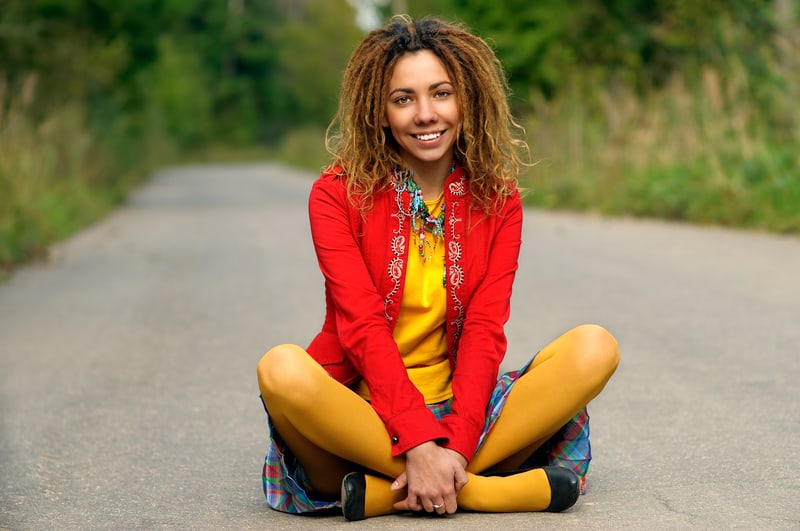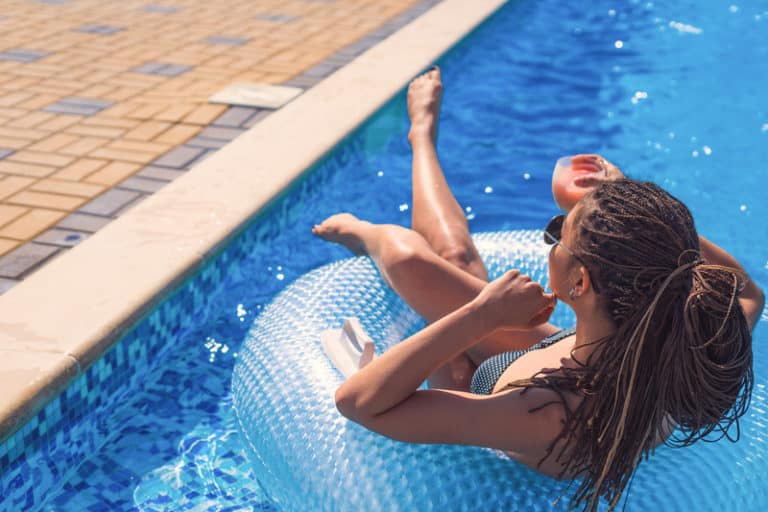There are many nuances when wearing dreadlocks. It is a fantastic but complicated hairstyle that anyone can pull off, but you really want to make sure you choose the right type of locs that would go with your style—that involves choosing between wick locks or natural dreads, how thick you want the dreads, and how many dreads you should have.
Remember that every set of hair on each person is unique, and the more dreads you have—the more time you have to put in to maintain each one.
If you are not sure how many dreads you should have, it is totally up to you and your hair type. With fine hair, you can only create as many locs, but with people with a thicker set of hair—they can produce more locs. Reading this article will help you decide how many locs you should have will depend on each factor. Getting dreadlocks is a long-term commitment, so you might want to plan it out.
How many dreads does the average person have?
The average amount of dreadlocks should be around 40 to 60 individual locs. However, there are many factors to consider, such as hair density, thickness, and the actual number of hair strands. Some people have thicker hair with more strands, which can easily give them 100 or more locs. But with people with lower hair density, 40 to 60 locs should be a safe number.
Although the number of dreads is up to you, here is a guide of what to expect depending on the number of locs you go with:
- 20 dreads and under
Anything under 20 dreadlocks can be pretty problematic. You see, dreads are quite like sponges, and with thicker and fewer locs, it means it may take a while to dry up completely—with the possible risk of creating mold buildup after every wash. Not to mention the residue buildup when you try to use hair wax and other products.
- 30 and under
Having over 20 dreadlocks may still take some time to dry after every wash. However, if you are committed to managing your hair, having 30 locs is more manageable than 20 and under in terms of mold buildup.
- 40 and under
This amount of dreadlocks should be medium thick and about as thick as a big sharpie marker. It is a good number, and it will look like you have a complete set of dreadlocks, but still a lot more challenging to manage.
- 40 to 60
Having 40 to 60 dreads is the average number for the best thickness for a full head of hair. It is manageable and will look good for almost any hair type.
- 80 to 100
This amount is acceptable for people with thin and dense hair. However, if you can go higher than 100 to get the best amount of thickness, it would be a lot easier to manage.
- 200 or more
Having 200 or more locs, whether your hair is thick or thin, will result in really thin locs. Whether you are going for thin or thick locs, that is entirely up to you. Just remember that with thinner locs, you can easily reach up to 200 or more dreads—which may take a while to produce if you are using the crochet or rubber band method.
How many dreads should be in a high top?
There are different types of dreadlocks, and if you are aiming to wear high-top dreads, the right amount should be around 20 to 40 at max. Remember that there is no right or wrong number, and it will always depend on your hair type, hair thickness, and preference.
What are the different dreadlock sizes?
We all know that the thicker the dreads, the fewer the locs will be. But here is a ballpark of how many dreads you will get depending on the thickness:
- 1/2 inches is about the size of yarn, and you will end up with around 80 locs.
- 3/4 inches is around the size of chopsticks, and you will end up with around 65 to 80 depending on your hair density.
- 1-inch dreads are almost pencil-sized dreads that will result in around 60 to 70 locs.
- 1 1/4-inch dreads are almost the size of a small sharpie, which will result in 50 to 60 dreads, which is the perfect number of dreads for maintenance.
- 2-inch dreadlocks are almost the size of a highlighter, resulting in at least 30 dreads.
Another popular choice is having different-sized locs. They do not always have to be uniform in size, so it is completely up to you to choose what style of dreadlocks you want. It also depends on your style, so make sure you choose an option that you are confident that you can pull off.
Factors that affect the number of locs
The primary factors that affect the right number of locs for your hair are your hair type, density, thickness, and of course—your preference. Let’s take a look at each factor to have a better understanding.
The type of hair you have
People who have coarse and thick hair can easily end up with 200 or more locs. People with coarse hair can also choose the best thickness for their hair without compromising the number of locs. On the other hand, people with thin hair have fewer options.
How thick you want your dreads to be
Another factor that affects the number of dreads you end up with is how thick or thin you want your locs to be. As stated earlier, the best number of locs in terms of looks and thickness is 40 to 60. If you want to reach this number of locs, the thickness of each dreadlock will depend on your hair density.
Having a full set of locs
Many people rock partial dreads style, which means only half of their hair is locked, and half is loose. It may not be a good choice for some people, but it does look quite stylish for some. If you choose to have partial dreads, you will end up with fewer dreads. You can always switch up the style in the future.
How many dread extensions do you need for a full head?
The number of dread extensions you will need depends on the number of dreads you choose for your full head. Let’s say you wanted thick and fewer locs; 40 to 60 dread extensions would be enough to cover your entire head. However, if you want to get thinner locs for your head, you will need around 80 to 100 extensions, depending on the thickness.
You can also get the extensions first and match the thickness of your natural hair to go with the extensions. It always looks better and more authentic if your real locs will match the thickness of the extensions.
What’s the best size locs for fine hair?
For fine hair, the best size is around 1 inch. If you go any thinner than that, the maturation time can take a while. However, it is possible to go thinner or thicker. However, if you go thinner than 1 inch, you might end up with 150 to 200 strands, which is a little bit harder to maintain.
The best size should be around the size of a pencil. It is easier to maintain, looks good, and looks cleaner—especially if you are not going for the “dirty” dreadlocks look.
How do you make dreads thicker?
If you have existing locs, you can make them thicker by merging two or more locs together using the crochet or rubber band method. It is easier to create thicker dreads if you are just starting your dreadlock journey or when your dreads are not mature yet.
All you need to do is create thicker partitions, whether you will use the neglect or wick method in creating your dreadlocks.
Do dreadlocks change in numbers over time?
Yes, dreadlocks do change in numbers over time. And that is because your hair is constantly growing. If they are not mature enough, there is a possibility that some of the locs split into two. Plus, as the dreads mature, there is a possibility that baby dreads will grow out as fly-away hair, and some will mature into locks.
You will be surprised by what will happen in the different stages of your dreadlock journey. Your hair will definitely evolve with some locs splitting, new locs popping out, and some locks merging to create thicker locs.
Do dreadlocks work for any type of hair?
No matter what type of hair you have, thick or thin, you can get dreadlocks. The only difference to expect is the number of locs you will end up with. People with thicker and denser hair will end up with more strands. On the other hand, people with thin hair will end up with fewer locs, meaning they will need to compromise on the thickness to get the right amount that looks good on them and is easy to maintain.
What does 20 dreads look like?
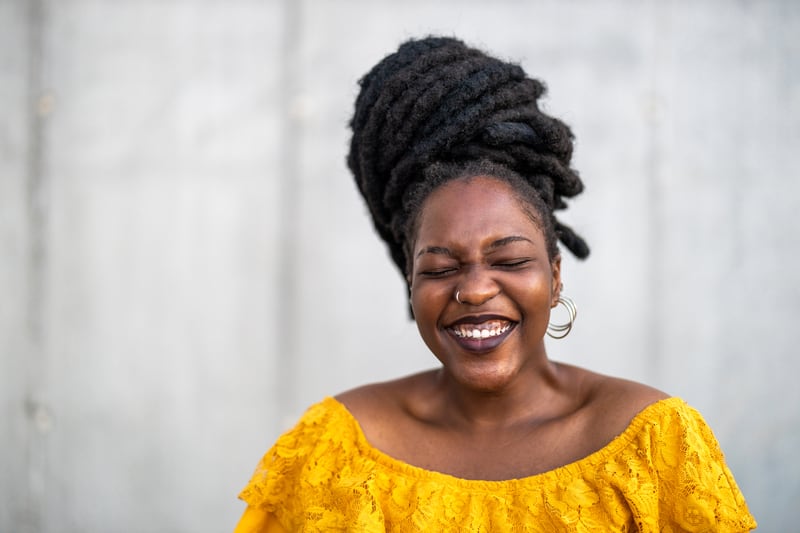
What does 40 dreads look like?
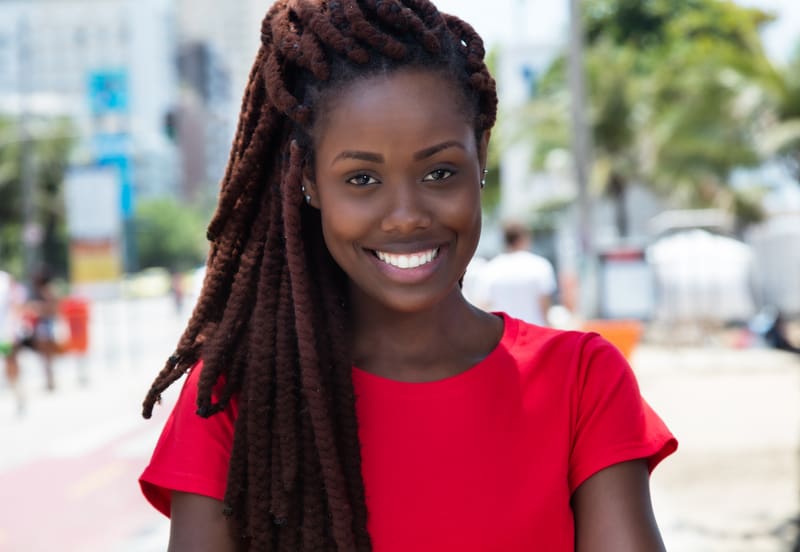
What does 60 dreads look like?

What does 80 dreads look like?
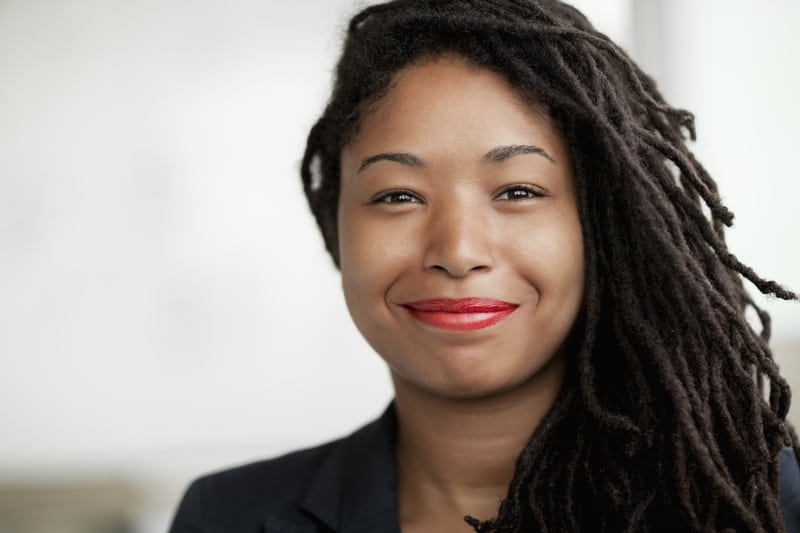
What does 100 dreads look like?
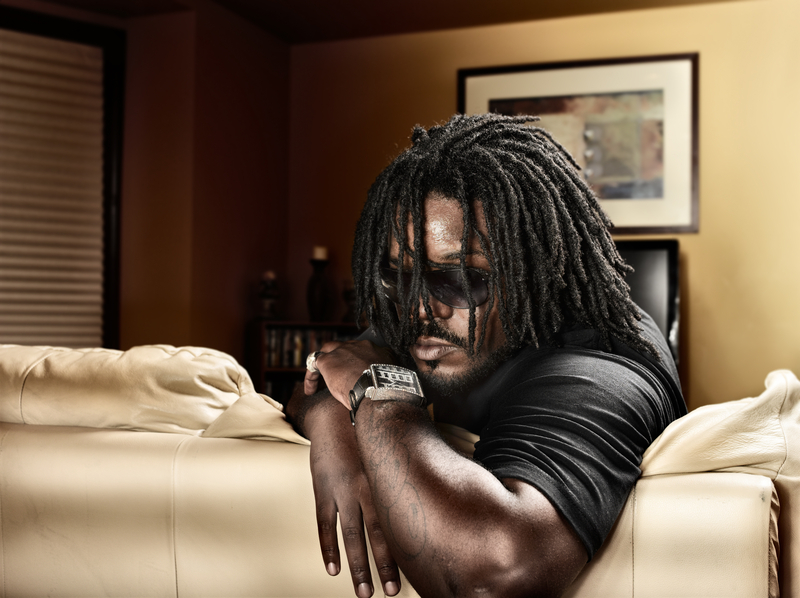
What does 120 dreads look like?
